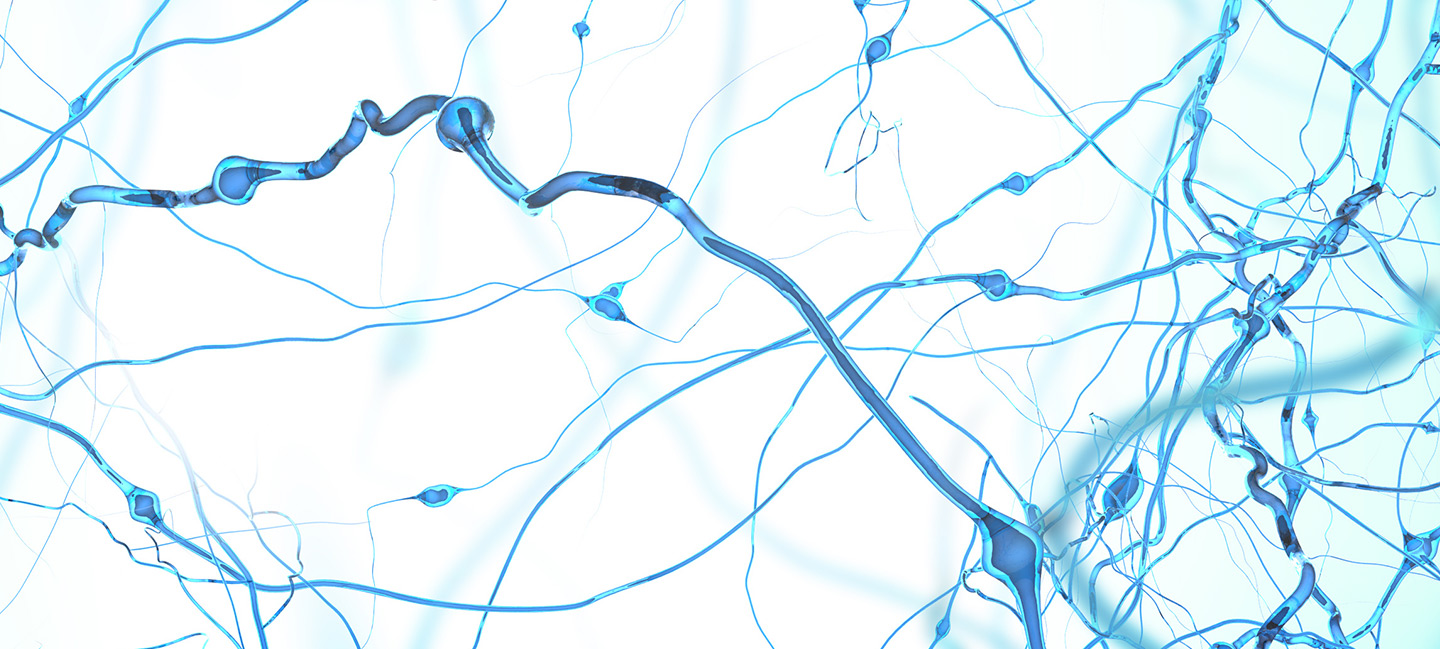Brain Network Analysis Reveals a Depression – Multiple Sclerosis Connection
Brain Network Analysis Reveals a Depression – Multiple Sclerosis Connection

Depression among people diagnosed with multiple sclerosis (MS) has been estimated to be about three times more common than in the general population. No one knows why. It may well be true that comorbid MS and depression have different “origin stories” in specific patients. Yet the intriguing question remains: is it possible to learn anything about the relation between depression and MS and the frequency with which they co-occur by studying the brain circuits and networks whose function they perturb? And might any commonalities help researchers identify new targets for treatment?
New research suggests the answer to both questions could be “yes.”
In the journal Nature Mental Health, lead author Shan H. Siddiqi, M.D., of Brigham and Women’s Hospital and Harvard University, and colleagues, have reported results of their recent efforts to compare and relate the two illnesses at the level of the brain networks they affect. Dr. Siddiqi is the 2022 BBRF Klerman Prize winner for Exceptional Clinical Research and a 2019 BBRF Young Investigator.
The new research follows directly upon findings made by Dr. Siddiqi and Dr. Michael D. Fox of Harvard in 2021. By combining 14 independent datasets and comparing them in very sophisticated and rigorous ways that are collectively called “lesion network-mapping,” Drs. Siddiqi, Fox and colleagues were able to identify a “common causal circuit” involved in major depression. Those 14 datasets included, among others, patients with brain damage (“lesions”) who then developed depression, as well as individuals with major depression who had had experienced a reduction in symptoms following the non-invasive brain stimulation therapy TMS or an invasive therapy called deep-brain stimulation (DBS).
There was no single spot in the brain where, for instance, if tissue damage occurred, a patient would then develop major depression. The message from the data was rather that at the widely dispersed lesion sites analyzed, injuries were often found to impair the function of some portion of an underlying common circuit spanning different brain regions. The data also showed that in depressed patients who were helped by TMS and DBS therapies, this same common circuit was modified.
In their new paper, again using lesion network-mapping Drs. Siddiqi, Fox and colleagues sought to identify brain circuitry functionally impacted in 281 people who had been diagnosed with MS. They then compared the results with the common circuit for depression found in 2021. Once again, it was possible to work backward, in a sense, from lesions in the brain. Causation in MS has long been associated with lesions in the brain’s white matter, damage caused by a process called demyelination, which leads to the loss of the fatty insulation that surrounds and protects nerve sheaths.
Was the common depression circuit of 2021 relevant for white matter lesions in MS? A whole-brain connectivity analysis of each MS patient’s white matter lesions revealed that functional connectivity between MS lesion locations and the team’s previously identified common circuit for depression correlated with the severity of depression in the MS patients. This correlation was specific to depression symptoms and not to other MS-related symptoms, the team found.
Put another way, those study participants with MS whose lesions were more robustly connected to the previously identified common depression circuit had higher depression scores. This relationship held despite the age or sex of the patient, their level of disability, or the total amount of brain tissue damaged in their MS lesions.
The team searched for the connection in the brain most strongly associated with depression in MS. This proved to be the connection between lesion locations and an area called the ventral midbrain which includes the VTA (ventral tegmental area), the region that secretes dopamine to the brain’s reward system, which past research has found to be perturbed in people with MS.
MS patients with depression tend to be resistant to successful treatment with commonly prescribed serotonin-based antidepressant drugs. The team’s finding about the ventral midbrain supports the idea of testing dopamine-modulating drugs in MS patients with depression.
Potentially just as important is the implication that since depression in MS appears to affect the previously discovered common depression network, it may make sense to conduct clinical trials of non-invasive brain stimulation modalities like TMS in depressed MS patients, something that has not been rigorously studied, the team says. If the same networks are affected, the same therapeutic targets may be effective, the team reasons. Alternatively, brain stimulation treatment might target the VTA or other “nodes” in the MS depression network described in the new research.
“The more we know about the connectivity of lesions that cause symptoms,” said Dr. Siddiqi, “the better our ability to target an ideal stimulation site for those symptoms. We’ve already shown, in other patients, the success of targeting the common depression circuit we found in 2021. Now that we’ve shown that the circuit can be applied to MS depression, we should be able to find a treatment target for these patients, too.”
In a comment in Nature Mental Health on the new paper, Victoria M. Leavitt, Ph.D., of Columbia University, noted that “where we once saw regions [of the brain impacted by illness], now we see circuits. It is this shift toward circuits and networks that opens new avenues of discovery, and the work of Siddiqi et al. leverages that paradigm shift.”



